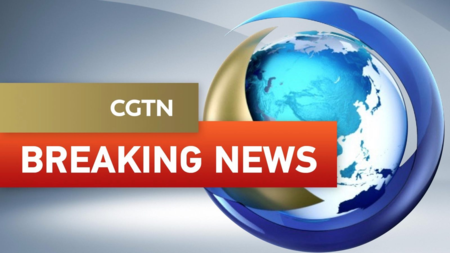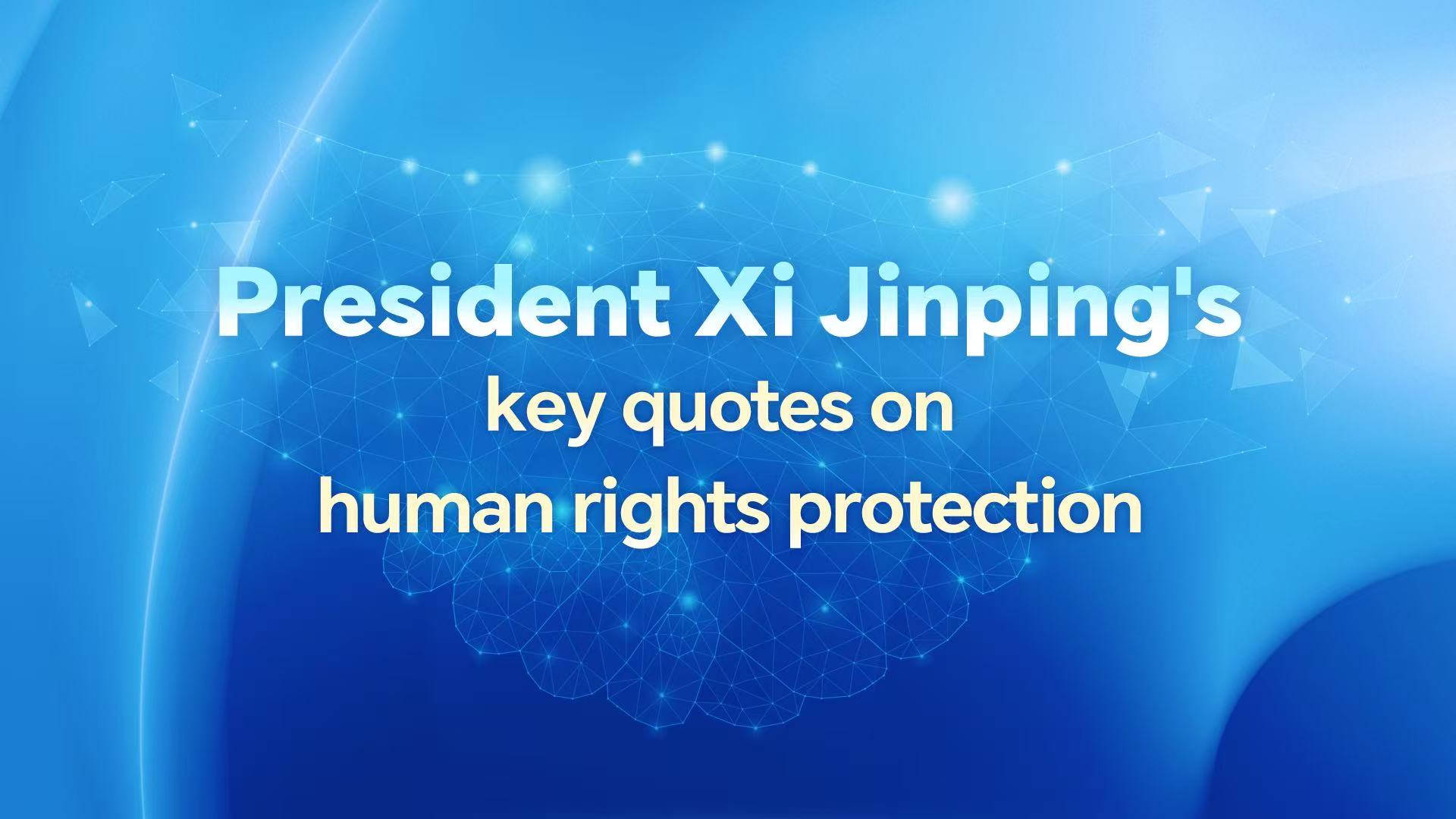China Strengthens Ties with South Korea; Diplomatic Balance on Iran's Nuclear Issue; AI Innovation in Education and Urban Development

Strengthening China-South Korea Relations (Source)
The recent meeting between Chinese Foreign Minister Wang Yi and South Korean President's envoy Park Byeong-seug marks a significant moment in China-South Korea relations. Commemorating 33 years of formal diplomatic ties, both countries are poised to enhance their strategic partnership. From the narrative put forth by the Chinese Ministry of Foreign Affairs, there is a clear emphasis on stability and continuity in bilateral relations. Wang Yi underscored the importance of constructive cooperation on sensitive issues and advocated for deepened people-to-people connectivity involving education and youth exchanges. This focus on interpersonal relations amidst political gestures reflects China’s interest in ‘hearts and minds’ diplomacy, potentially to balance regional dynamics and counteract U.S. influence in South Korea.
Diplomatic Exchange Over Iran's Nuclear Issue
China's Vice Foreign Minister Ma Zhaoxu recently held a telephonic conversation with Iran's Deputy Foreign Minister, Ali Bagheri Kani. The primary focus was on the Iranian nuclear issue, which is once again at a critical juncture. China's stance is clear; it hopes relevant parties will resolve the issue through political and diplomatic means. Vice Foreign Minister Ma emphasized China's objective stance and commitment to promoting dialogue and negotiation. In response, Iran's representative praised China's significant contributions to a diplomatic resolution and expressed willingness to enhance communication with China.
This conversation reflects China's strategic positioning in global diplomacy, portraying itself as a mediator and promoter of stability. By encouraging diplomatic discourse, China aims to maintain its influence and ensure regional stability, which is vital for its economic and geopolitical interests. The emphasis on diplomatic solutions could also be seen as a response to Western powers that often rely on sanctions, highlighting a contrasting approach that China and Iran favor.
AI in Education: Navigating the Future of Learning
China's recent AI Education Conference marks a groundbreaking step toward integrating AI into the educational landscape. The event highlighted two significant outputs: the AI Technology Talent Diagram and the Education Model Technology Roadmap. These initiatives aim to provide scientific direction for cultivating talent in an increasingly digital age.
Experts noted the transformative impact AI is poised to have on education. For example, Yang Mengfei from the Chinese Academy of Space Technology discussed the advantages of intelligent education, such as significantly enhancing knowledge acquisition and harmonizing traditional teaching with cutting-edge AI technologies. The conference brought together thought leaders who emphasized AI's role in creating a new ecosystem that fosters critical thinking and problem-solving skills among youth.
Jiang Enlai from the China Higher Education Association spoke on leveraging digital transformation to capture modern educational opportunities. The focus on integration across various levels—from teachers to students—aims to build a cohesive future education model. This integrated approach invites a reevaluation of traditional educational roles and opens doors to new ways of teaching and learning.
The conference also drew attention to AI's challenge of supplementing human educators without undermining core educational abilities, such as reasoning and innovative thinking. As Wang Feiyue articulates, it is crucial to manage AI and educational model governance to ensure students continue to engage deeply with material even when assisted by large AI models.
AI in Urban Services: Building Smart City Infrastructure
AI's role in shaping modern cities was front and center with the rollout of the "AI+City" initiative in Shenzhen. This program integrates AI technologies across numerous public services, significantly boosting efficiency and user experience.
An engaging scenario unfolds in Shenzhen’s transportation sector, where AI-powered translation devices have been installed in taxis. These devices break the language barrier between Chinese-speaking drivers and English-speaking international tourists, illustrating AI's potential to enhance daily life conveniences while promoting inclusivity and accessibility.
The integration extends to healthcare, with AI aiding diagnostic processes in local clinics. For example, a smart health device assists in preliminary patient diagnostics, ensuring comprehensive reporting and timely medical intervention. Moreover, the judicial system benefits through AI-assisted trial systems, which streamline administrative tasks and enhance legal process efficiency.
Shenzhen’s proactive approach to AI mirrors a larger trend of AI adoption to improve urban living conditions and service delivery. By 2025, more AI applications are expected to enrich urban environments, fostering sustainable development through increased efficiency in public administration and ecological preservation.
The city's commitment to further opening AI application scenarios underscores the strategic importance of environment-centric technology in urban development, aiming to define a more interconnected and efficient urban experience in an era where smart technologies intersect with everyday life.
Tragedy in New York Involving Chinese Nationals (Source)
In a sobering piece from Xinhua, a bus accident in New York led to the death of three Chinese citizens and injuries to nine others. The report captures how quickly the Chinese consulate in New York engaged with the affected families and facilitated aid for the survivors. Highlighting the responsiveness of Chinese institutions abroad during crises, Xinhua’s reporting paints a picture of swift, compassionate diplomacy. This story comes as a reminder of the vulnerable yet strong ties people and countries maintain across borders, linking personal tragedies to diplomatic actions. As China continues to expand its global footprint, how it handles such incidents can have broader implications on its international image.



